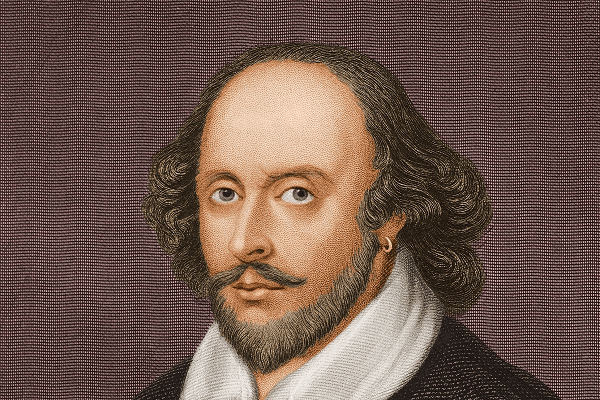Sonnet 116 SummaryIntroductionShakespeare wrote a famous sonnet titled "Let me not to the Marriage of True Minds," which is addressed to an anonymous young acquaintance of the author by the name of "Mr. W. H." Three quatrains and a rhyming couplet make up this sonnet's ideal Shakespearean structure. Abab, cdcd, efef, and gg make up its rhyming pattern. 
Shakespeare outlines the wonderful characteristics of real love in this sonnet. The poet has eloquently articulated true love. The poet asserts his belief in the strength of pure love by asserting that there cannot be any barriers to the union of sincere lovers. True love never changes. Even when there is a prospect of change, it never does. It does not yield to the might of its destroyer. To put it another way, the poet claims it has an unmatched level of consistency and steadfastness. True love never gives in to anyone's demands. About the Author
Shakespeare was an English playwright, poet, and performer. He is often regarded as the best dramatist and author of English literature in history. He is commonly called the "Bard of Avon" and England's national poet. ThemeUsing a variety of linguistic strategies, such as personification, metaphorical and emotional language, and emotive language, different poets address the issue of love in different ways to convey their passionate opinions on the subject. Shakespeare is the only one poet who holds the notion that love is uncontrollable and irrational. Other poets like Carol Ann Duffy highlight the harmful effects of love. The moment you are together and the next, you are alone, in her opinion, is when love begins and ends. She accentuates how love can be threatening and overwhelming. The poets discuss love, separation, and betrayal-the three main components of love. SummaryOne of the best love poems ever written is typically cited as being Sonnet 116. The passionate love topic was elevated to the level of profound philosophy in this sonnet by William Shakespeare. Shakespeare spiritualized love between men and women as the driving force behind the greatest degree of human effort at a period when it was not frequently acknowledged as something other than a sort of familial responsibility. That form of love has subsequently evolved into the sensation that people most desire. The poem is a standard English sonnet with fourteen lines, three quatrains, and a couplet at the end. The clear comparison between love and marriage is made at the outset by utilizing wording from the Book of Common Prayer marriage ceremony. It goes beyond implying that marriage is the right conclusion to love and goes so far as to say that love is necessary. The second quatrain describes the fundamental elements of the sort of love that meets the criteria. Such a love is not affected by shifting circumstances; in fact, consistency is its fundamental quality. Even in the face of rejection or betrayal, it persists. Additionally, genuine love becomes stronger when the beloved is not present, not dependent upon them. The correct love character is developed in the second quatrain using a number of metaphors. Because of its steadfastness, it not only withstands dangers but also becomes stronger through difficult times. The beloved is kept safe from wandering thanks to its alluring power, and it also sets the bar for all other loves. Its importance is immeasurable while being obvious and easily recognized. Its characteristics can be measured, and many of its attributes are quantifiable, but since it exists in a different dimension, it cannot be measured using tools that are common in space and time. The third quatrain explores how real love endures in the face of aging and the effects of time. Love, it asserts, is unaffected by the passage of time. Let's start by saying that love transcends even the most insignificant physical traits like size, look, condition, and shape. The physical changes brought on by aging or poor health are therefore ignored. It resists death as well as time and all of its other powers. In the domain of eternity, true love exists. True lovers cannot be separated by anything, not even death; their relationship is eternal. Love alone gives people the ability to transcend temporal boundaries because it has the power to elevate human activity to this elevated condition. With love, humanity approaches divinity. The sonnet ends with a simple couplet that changes the focus from the lofty, endless universe of love to the commonplace present of the poet-speaker. He simply adds that if he is ever proven to be wrong, then no man has ever loved. It becomes obvious that this conclusion is absurd when one recognizes that this is the same emotion that causes individuals to fall in love and gives that feeling worth. ConclusionThe goal of this sonnet is to highlight the qualities of real love. According to him, real love is the kind that makes people happy and successful. It is a really valuable and endearing emotion. It must be enduring, ageless, and self-sufficient. One ought to continue to experience this kind of love in his life.
Next TopicThe Discovery of India Summary
|
 For Videos Join Our Youtube Channel: Join Now
For Videos Join Our Youtube Channel: Join Now
Feedback
- Send your Feedback to [email protected]
Help Others, Please Share









